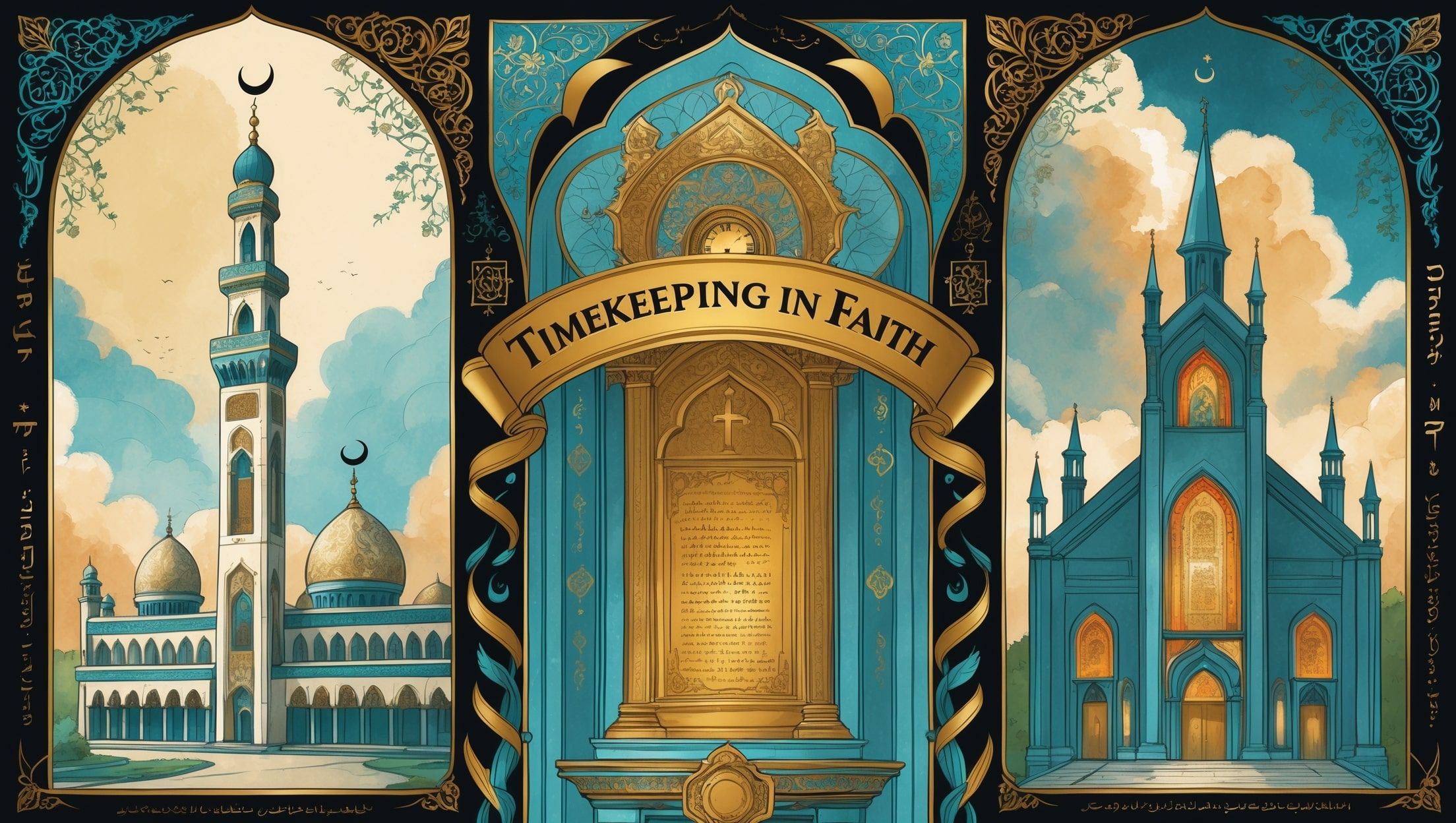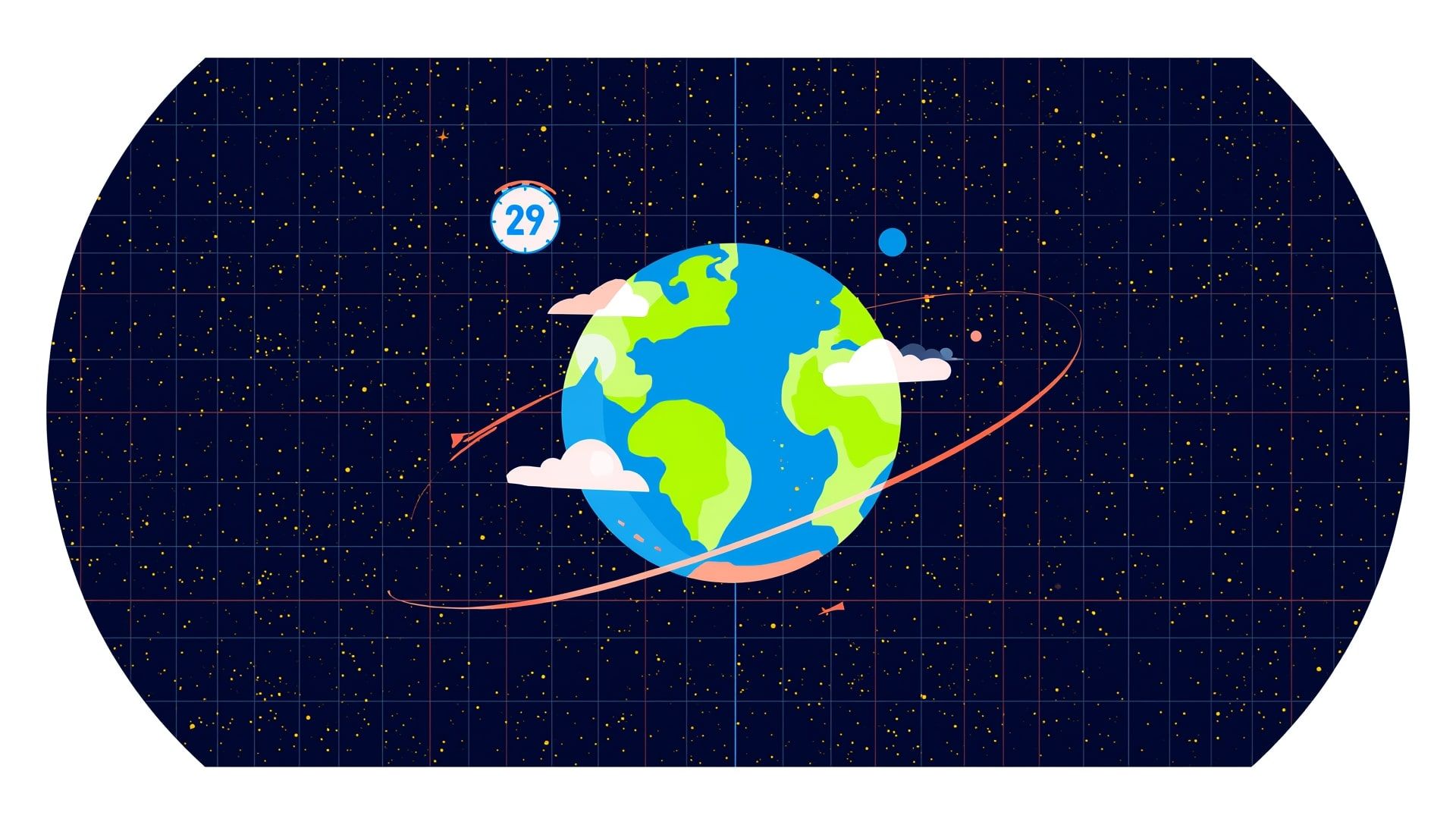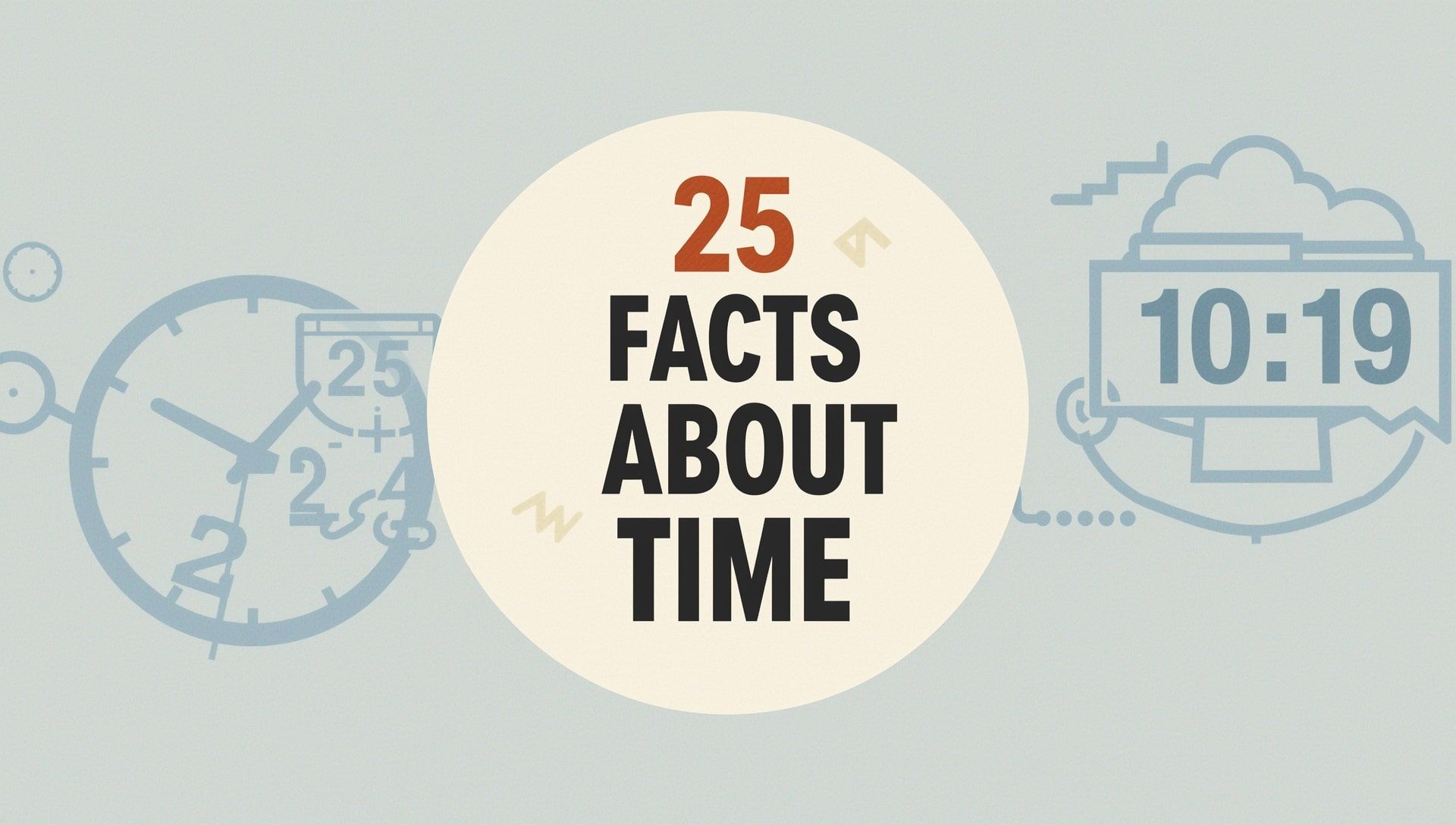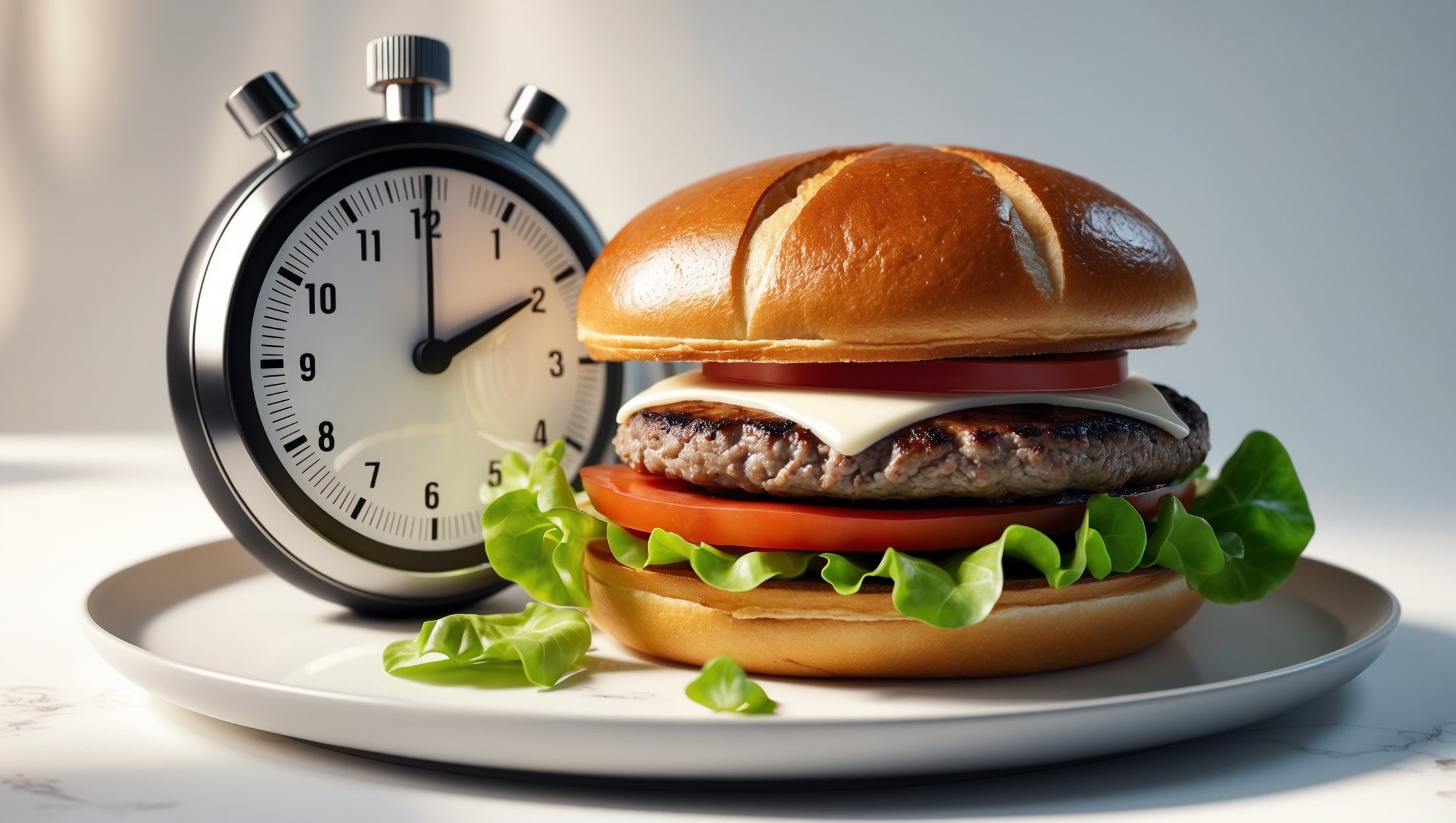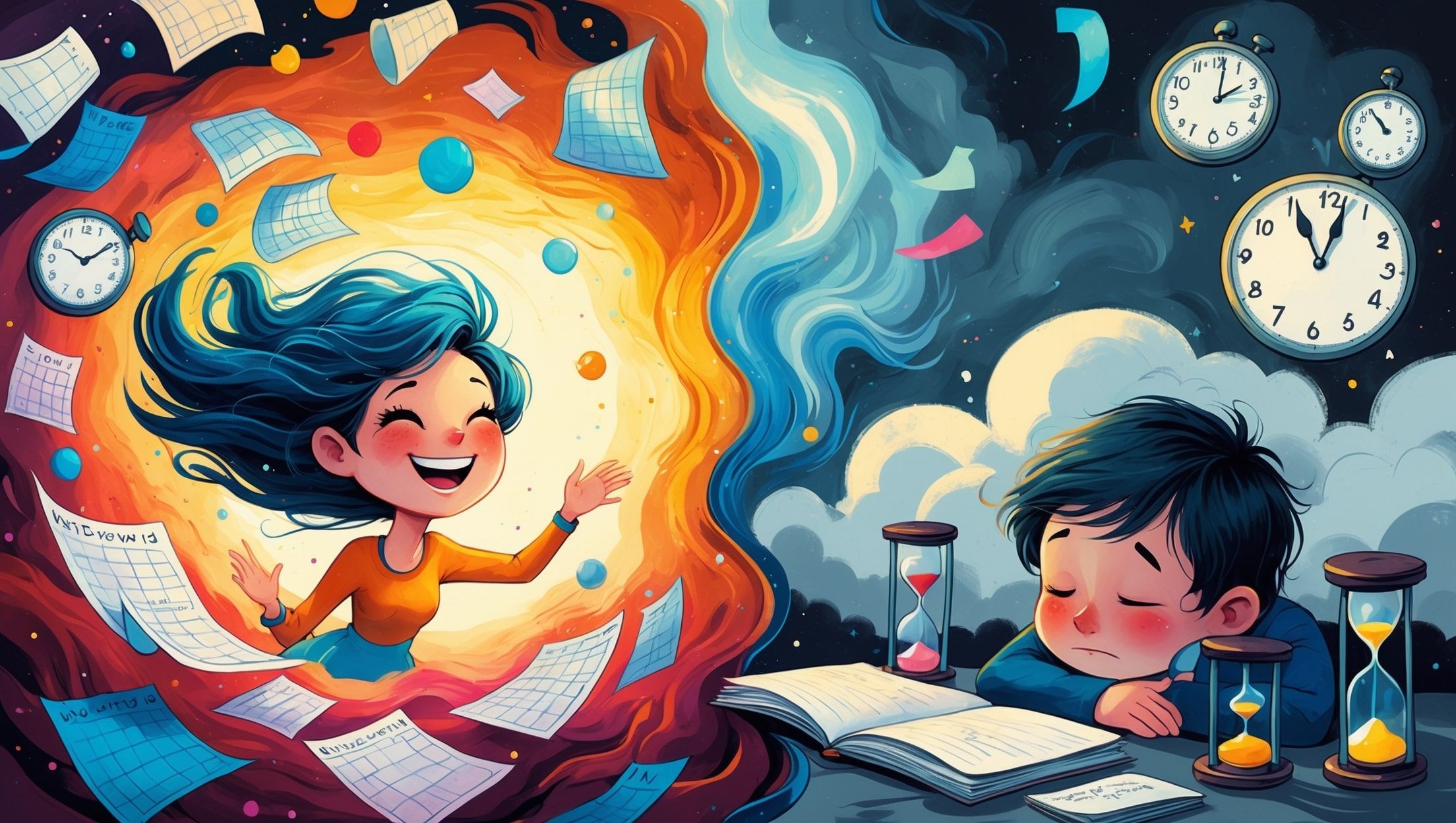When people think of time, they often picture clocks and calendars. But in many faiths, time is more than numbers. It carries meaning, memory, and rhythm. In Islam, Judaism, and Christianity, timekeeping helps shape prayer, celebration, and daily life. It’s a way to live in sync with tradition, community, and the sacred, much like how world clocks remind us that every culture marks its hours differently.
Time in Islamic Practice
Islamic timekeeping begins with the moon. The Islamic calendar is lunar. Months start with the new moon, making each one 29 or 30 days. That’s why Ramadan, the month of fasting, shifts through the seasons over time. This lunar rhythm is tracked using principles that can be compared with how modern time zones divide our world by solar movement.
Prayer also runs on a daily time schedule. Muslims pray five times a day, and each time is tied to the sun’s position:
- Fajr: Just before sunrise
- Dhuhr: After the sun passes its peak
- Asr: In the late afternoon
- Maghrib: Right after sunset
- Isha: When darkness settles in
This makes timekeeping in Islam deeply tied to natural light. Historically, prayer times were tracked using sundials and sky watching. Today, apps and clocks handle the math, but the connection to the sun remains, a relationship echoed in how daylight saving adjustments still follow our light cycles.
Time in Jewish Life
Jewish timekeeping also follows the moon, but with adjustments. The Hebrew calendar is lunisolar. Months follow moon phases, but extra months are added in some years to keep holidays aligned with the seasons, an approach similar in complexity to maintaining the IANA time zone database for global consistency.
Days in Jewish tradition start at sunset, not midnight. That means Shabbat, the weekly day of rest, begins Friday evening and ends Saturday at nightfall. This pattern follows the Genesis creation story, where “there was evening and there was morning.” It’s a rhythm that connects divine order to human time much like the way modern calendars structure our daily lives.
Jewish prayer and festivals are scheduled with care:
- Shabbat: Weekly rest, no work from sunset to sunset
- Rosh Hashanah: New Year, tied to the seventh month
- Yom Kippur: Day of atonement, a 25-hour fast
- Passover: Spring holiday based on full moon timing
- Counting the Omer: A daily count for seven weeks
These dates are not random. They reflect ancient rhythms, agricultural cycles, and historical moments. Time in Judaism is a mix of memory and the moon, a pattern you can visualize much like a time zone map connecting places and meaning.
Christian Time and the Liturgical Calendar
Christianity inherited timekeeping traditions from Judaism but developed its own layered system. The Gregorian calendar, now used globally, was refined under Pope Gregory XIII in 1582. It adjusted leap years and reset Easter’s drift, a reform that still anchors international timekeeping systems today.
The Christian year follows a cycle of seasons and feasts, often called the liturgical calendar. It organizes time through themes of birth, death, and renewal:
- Advent: Four weeks before Christmas, a season of waiting
- Christmas: Celebrates Jesus’ birth
- Lent: Forty days of reflection before Easter
- Easter: Commemorates resurrection, date based on moon and spring equinox
- Pentecost: Fifty days after Easter, marking the Spirit’s arrival
Many Christians also pray at fixed times, especially in monastic or traditional settings. Morning and evening prayers echo ancient practices of marking time through devotion. Today, people may even set a daily alarm or timer to maintain these rhythms of reflection.
Shared Patterns, Distinct Stories
These three religions share deep respect for time, but each follows its own structure. Still, there are striking overlaps:
- All three use the moon to guide sacred dates
- Each places meaning on daily cycles of light and dark
- Time is tied to memory, from creation to redemption
- Celebrations are anchored in both nature and history
- Rituals invite people to step into ancient rhythms
Time in these traditions is not just a measure. It’s a way to live. A way to remember. A way to connect past and present with purpose, echoing the universal human effort to understand what time really is.
Living Through Sacred Rhythms
In a world that runs on schedules and seconds, religious time offers something slower and deeper. It asks people to pause. To listen. To act with intention. Whether it’s hearing a call to prayer at dawn, lighting candles before sunset, or fasting through spring, time becomes more than passing hours. It becomes a shared story, told one day at a time, one that continues to unfold with every measure of time humanity takes.
